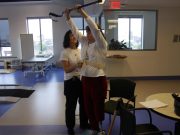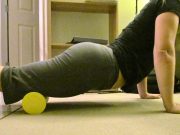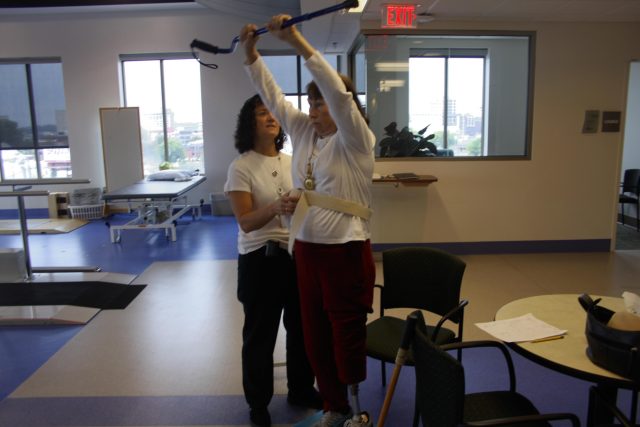In today’s fast-paced world, maintaining balance and stability often takes a backseat to our daily routines, yet these elements are crucial for our overall well-being and independence. Whether you’re an athlete looking to enhance your performance, a senior aiming to prevent falls, or simply someone who wants to move with greater confidence, improving your balance can have profound benefits. This guide is designed to help you understand the importance of balance and stability, offering practical tips and exercises that can easily be incorporated into your daily life. With empathy and encouragement, we’ll explore how even small, consistent efforts can lead to significant improvements, empowering you to live a more balanced and stable life.
Understanding the Basics of Balance and Stability
To enhance your physical prowess, it’s essential to grasp the fundamental concepts of balance and stability. At their core, these concepts are about maintaining your center of gravity over your base of support, whether you’re stationary or in motion. This involves the harmonious coordination of your sensory systems—vision, vestibular (inner ear), and proprioception (awareness of body position)—to keep you upright and steady. Understanding these elements can empower you to make informed decisions about your training regimen.
- Vision: Your eyes provide vital information about your surroundings, helping you adjust your posture to maintain equilibrium.
- Vestibular System: Located in the inner ear, this system sends signals to your brain about head movements, aiding in balance.
- Proprioception: This involves the feedback from muscles and joints that informs your brain about the position of your body in space.
To illustrate how these systems contribute to balance and stability, consider the following table which highlights their roles:
| System | Role in Balance |
|---|---|
| Vision | Provides spatial orientation and depth perception. |
| Vestibular | Detects changes in head position and motion. |
| Proprioception | Monitors the position and movement of the body. |
By understanding and strengthening these systems, you can improve your balance and stability, enhancing not just your athletic performance but also your everyday activities. Engaging in exercises that challenge these senses will bolster your body’s ability to maintain equilibrium, whether you’re navigating uneven terrain or simply standing in place.
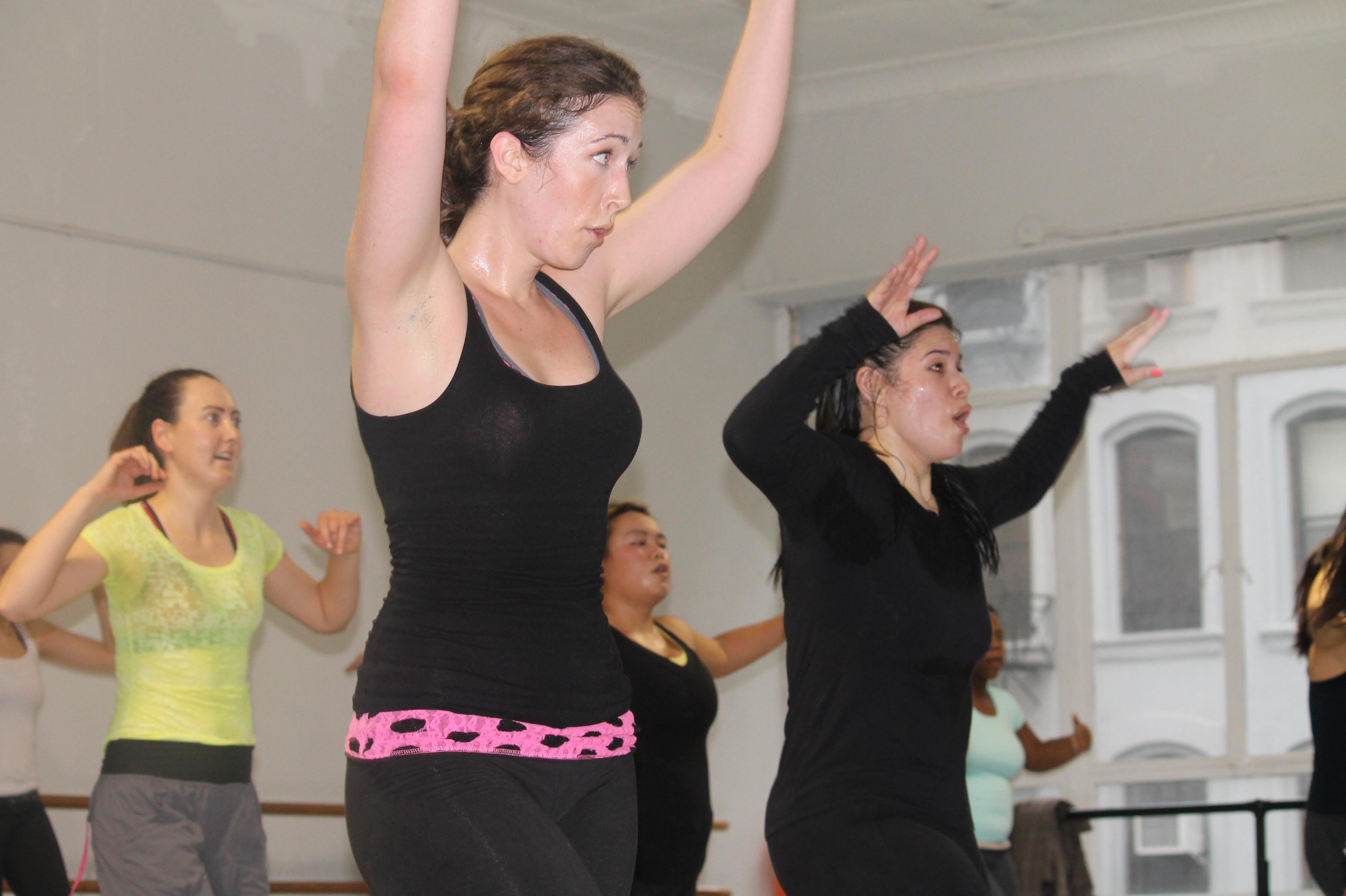
Exercises to Strengthen Core Muscles for Better Balance
Strengthening your core muscles is essential for improving balance and stability, as these muscles act as the central link connecting your upper and lower body. A strong core not only enhances physical performance but also aids in preventing injuries. Here are some effective exercises to help you build a robust core:
- Plank Variations: Start with a basic plank, ensuring your body forms a straight line from head to heels. For an added challenge, try side planks or forearm planks, engaging your obliques and deeper core muscles.
- Bird Dog: Begin on all fours, then extend your right arm forward and left leg back, maintaining a stable torso. Hold for a few seconds, then switch sides. This exercise improves coordination and core stability.
- Russian Twists: Sit on the ground with knees bent and feet lifted. Lean back slightly and rotate your torso from side to side, holding a weight or medicine ball for increased resistance.
Incorporate these exercises into your routine, aiming for consistency and gradual progression. If you’re new to core training, start with fewer repetitions and focus on form. Remember, it’s not about speed but rather controlled movements and proper engagement of the muscles. Below is a simple table to guide you on how often to perform these exercises each week:
| Exercise | Frequency | Repetitions |
|---|---|---|
| Plank Variations | 3 times a week | 3 sets of 30-60 seconds |
| Bird Dog | 3 times a week | 3 sets of 10 reps per side |
| Russian Twists | 3 times a week | 3 sets of 15-20 reps |

Incorporating Balance Training into Your Daily Routine
Finding time to improve your balance doesn’t have to be daunting. Here are some practical ways to seamlessly integrate balance exercises into your everyday activities. These small adjustments can have a significant impact over time.
- While Brushing Your Teeth: Stand on one leg for 30 seconds, then switch. This simple act engages your core and improves stability.
- During Commercial Breaks: Use this time to practice heel-to-toe walks or gentle side lunges, enhancing coordination and strength.
- Waiting in Line: Shift your weight from one foot to the other or try calf raises. It’s a subtle way to keep your muscles engaged.
For a more structured approach, consider dedicating just a few minutes daily to targeted exercises. Here’s a quick guide:
| Exercise | Duration | Repetitions |
|---|---|---|
| Single-leg Stand | 1 minute | 3 times per leg |
| Balance Walk | 5 minutes | 1 time |
| Standing Knee Lifts | 2 minutes | 10 lifts per leg |
Incorporating these exercises into your routine can be both simple and rewarding. Start with a few and gradually increase as your confidence and stability grow. Remember, consistency is key, and your body will thank you for the extra attention.
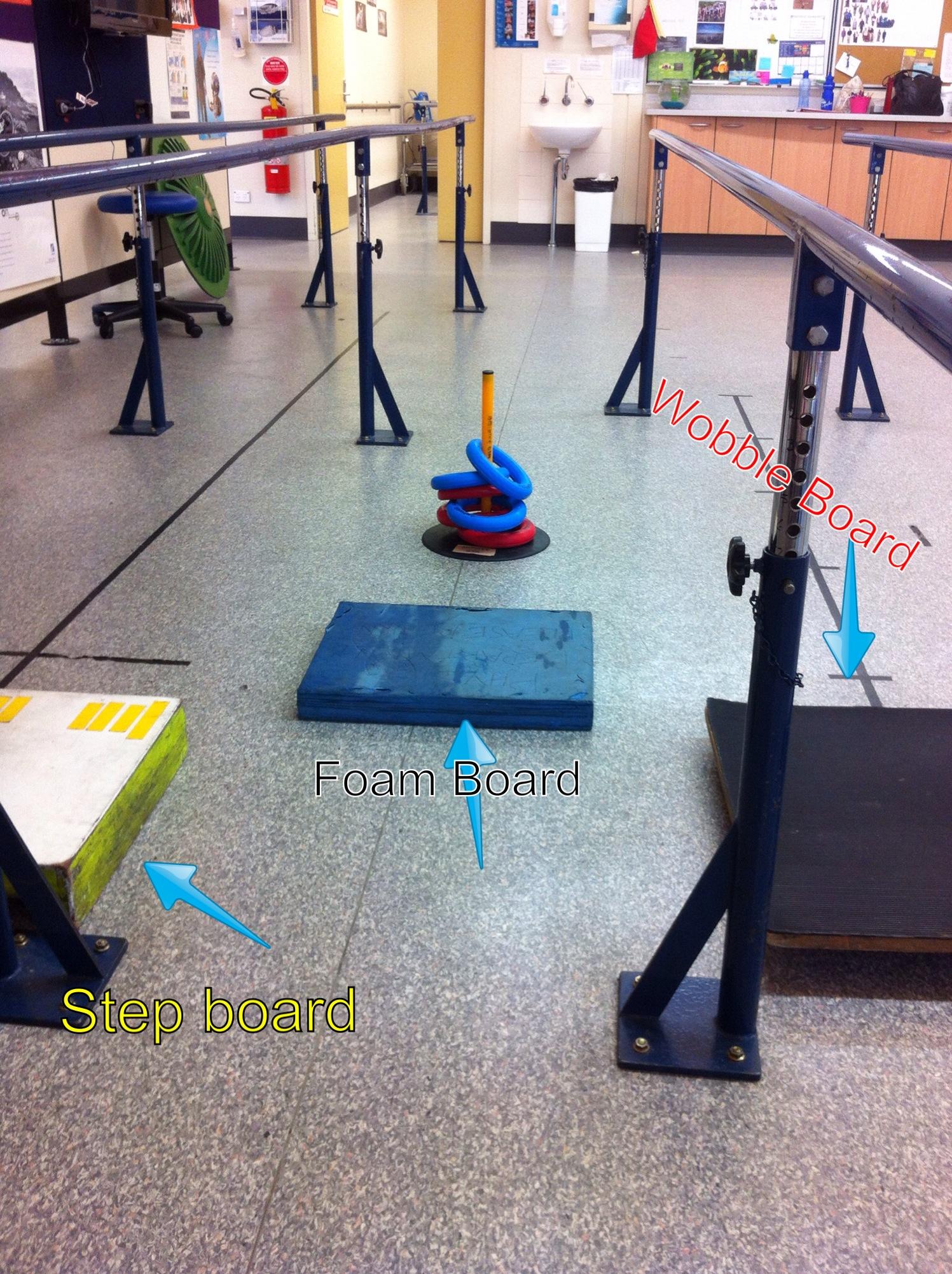
Mindful Practices to Enhance Stability and Prevent Falls
Embracing mindful practices can be a transformative way to enhance your balance and stability. Mindfulness involves being present in the moment and can significantly improve your physical and mental well-being. Consider incorporating the following techniques into your daily routine to help prevent falls and improve your overall stability:
- Yoga and Tai Chi: These ancient practices focus on slow, deliberate movements and controlled breathing. They help in building strength, flexibility, and coordination, which are crucial for maintaining balance.
- Walking Meditation: A practice that involves focusing on the rhythm of your steps and the sensation of your feet touching the ground. This can increase awareness of your body’s movements and enhance balance.
- Breathing Exercises: Mindful breathing can help calm the mind and improve focus, leading to better body control and stability.
Another effective approach is to establish a daily routine that incorporates both physical and mental exercises. Here’s a simple plan to get you started:
| Day | Activity | Duration |
|---|---|---|
| Monday | Yoga | 30 minutes |
| Wednesday | Tai Chi | 20 minutes |
| Friday | Walking Meditation | 15 minutes |
| Daily | Breathing Exercises | 5 minutes |
By integrating these mindful practices into your life, you can cultivate a greater sense of balance and stability. Remember, the key is consistency and patience. Over time, these practices can become a natural part of your routine, helping you move with confidence and ease.

